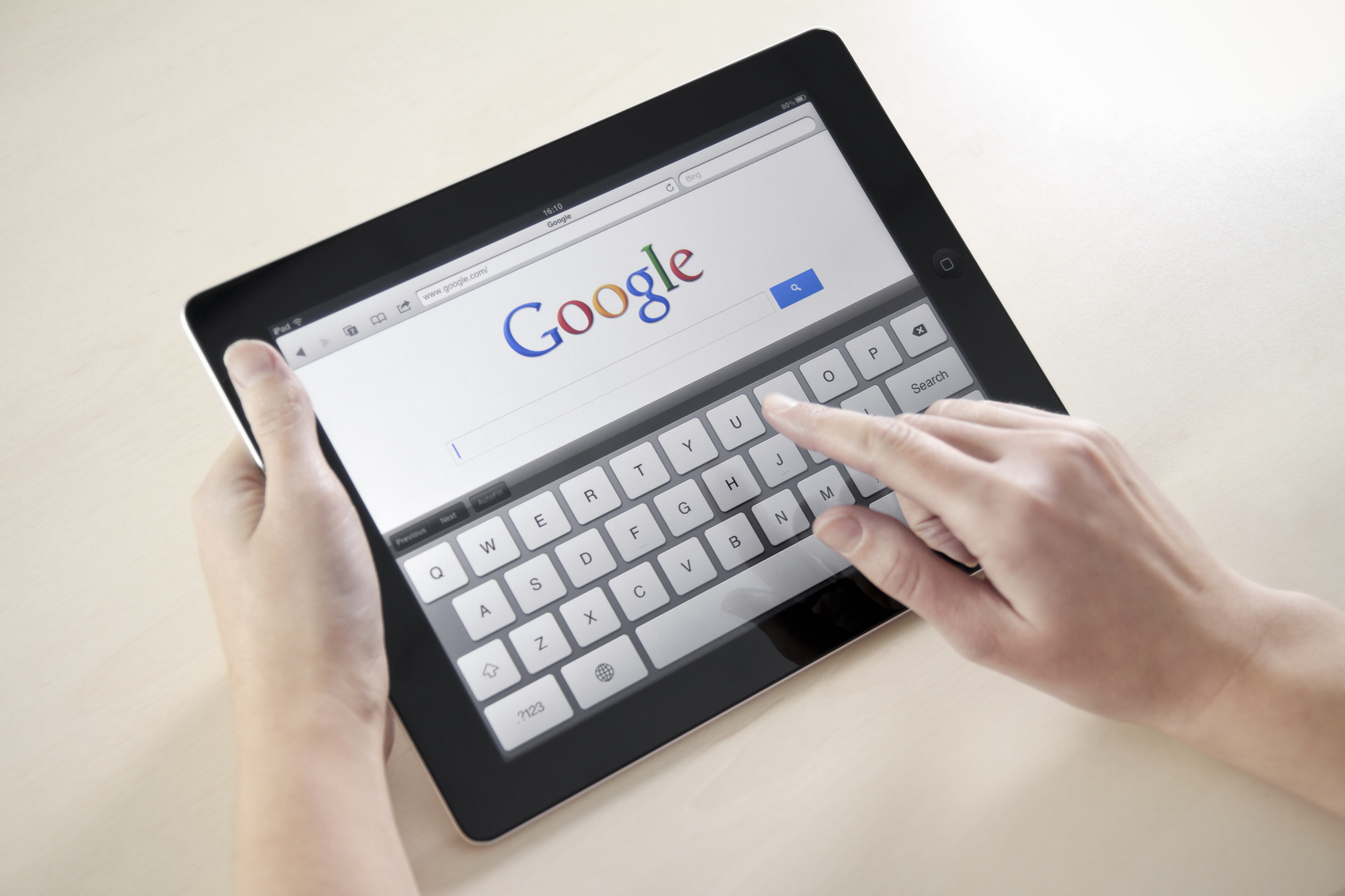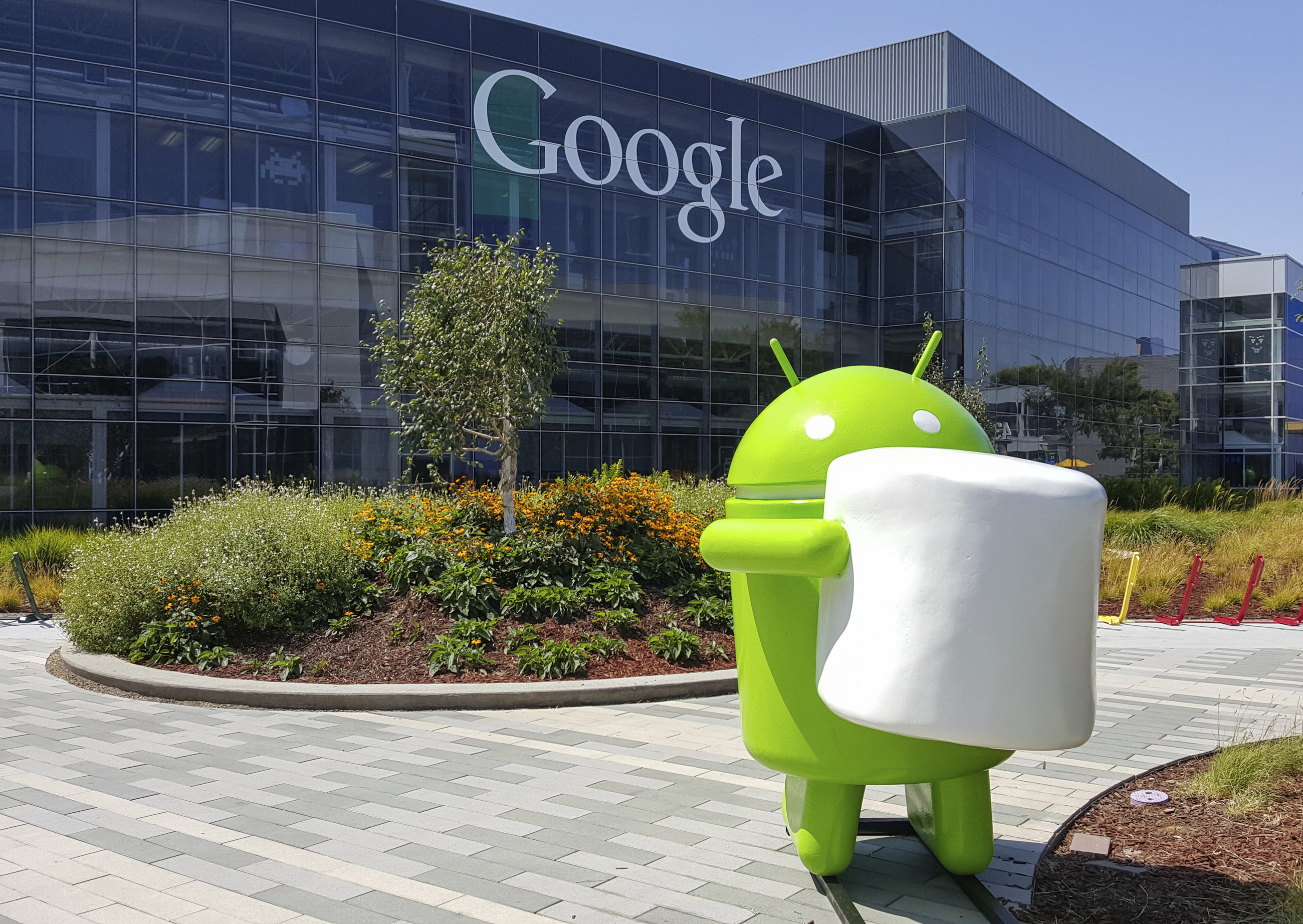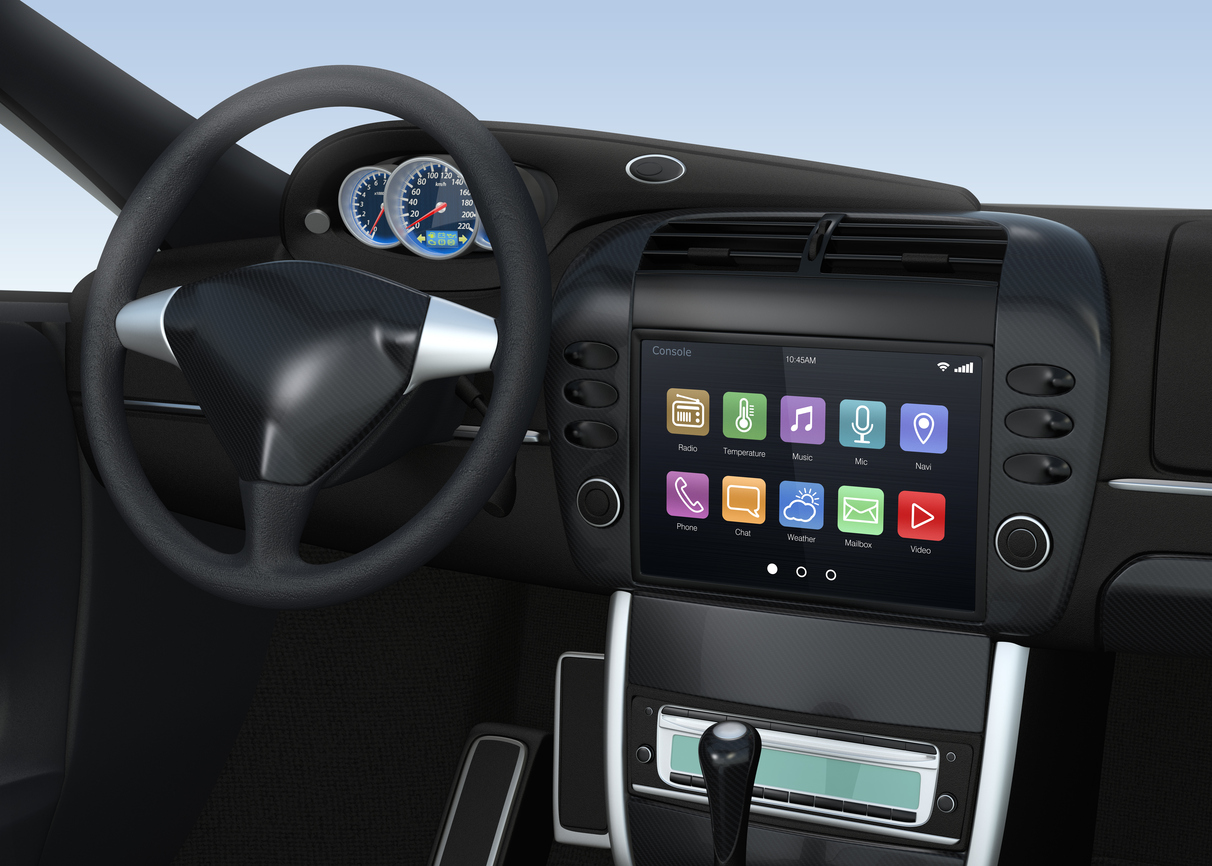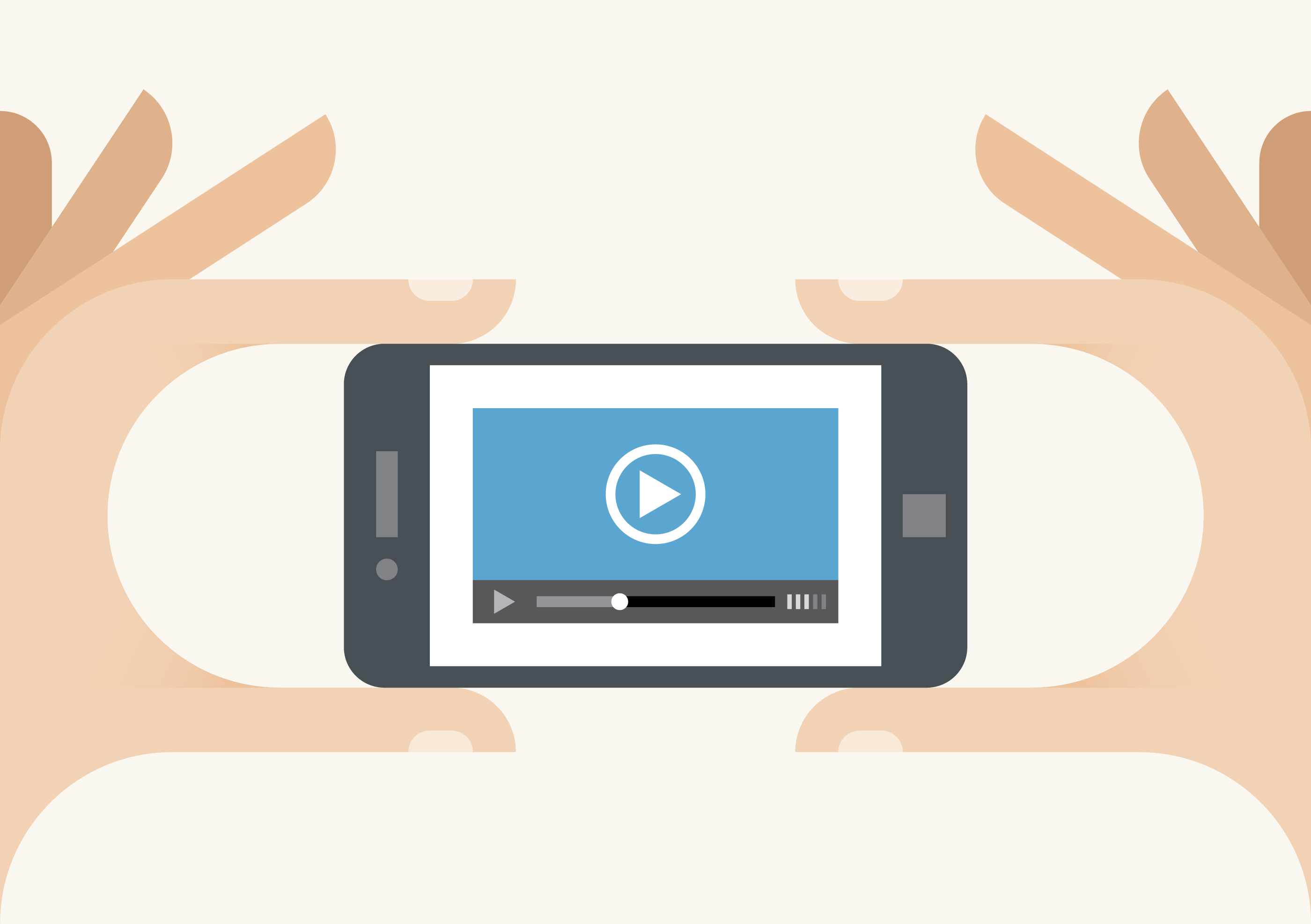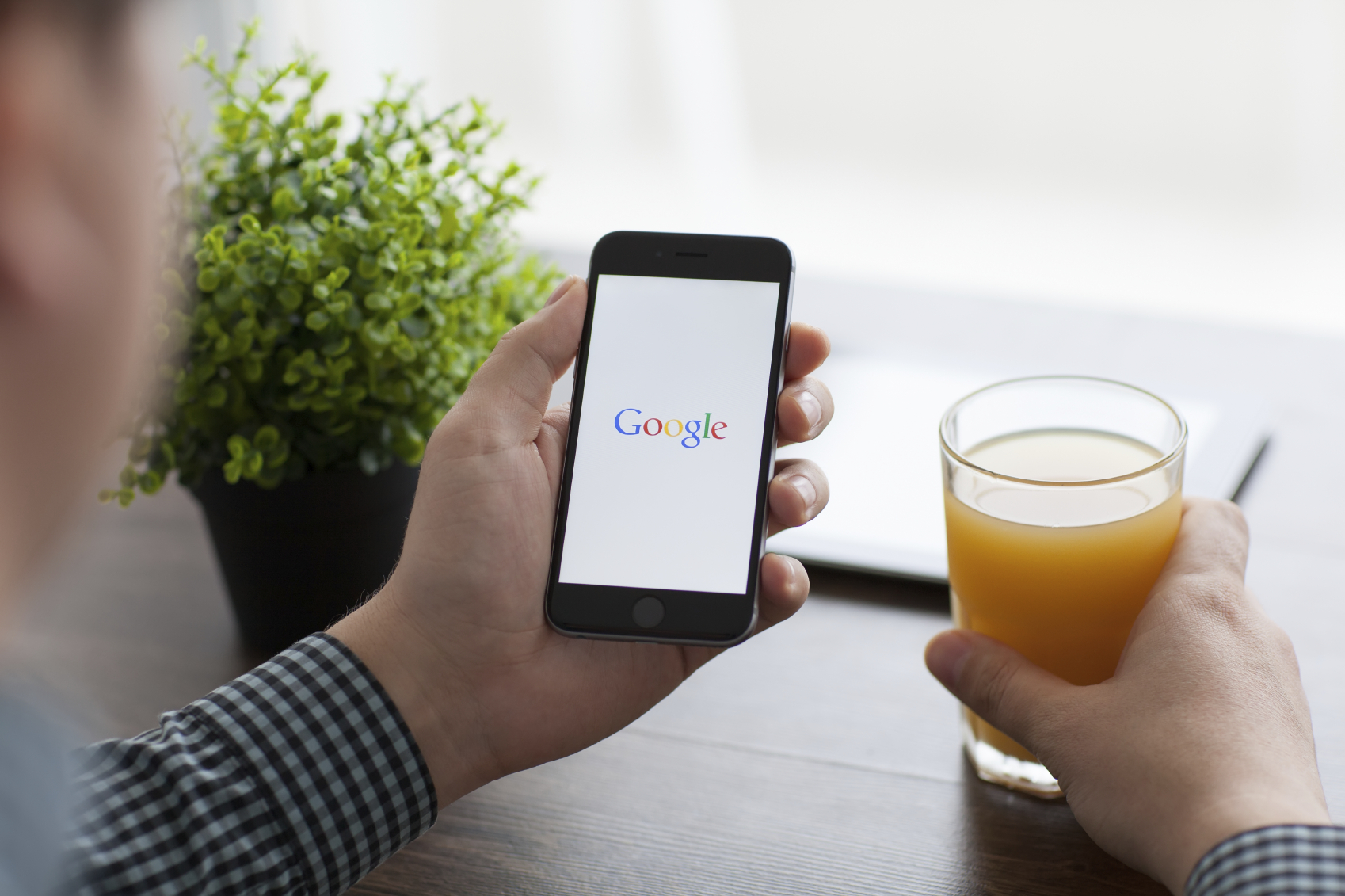What Happened
Google has added a new powerful AI-powered cloud service to its growing arsenal. The search giant unveiled a Video Intelligence API at its Cloud Next conference, which uses machine learning technology to analyze video content, down to the objects or actions shown in a scene, logs those data, and makes that information searchable for users. This API should be particularly useful for media companies and brands looking to leverage digital video to deliver their messaging, as it allows them to easily categorize and manage their video content for targeting and personalization purposes.
What Brands Need To Do
While similar technologies exist for both image and speech recognition, this API from Google is the first of its kind to bring AI-powered cognitive analytics to videos. 87% of online marketers now rely on video content to reach their audience, and people are watching over 500 million hours of videos on YouTube alone every day. In order to stand out from the crowd, brands should work with content creators and media companies to figure out what kind of video content is resonating with their target audience, and learn to leverage the AI-powered solution to supercharge the process and deliver more personalized content.
Source: VentureBeat
